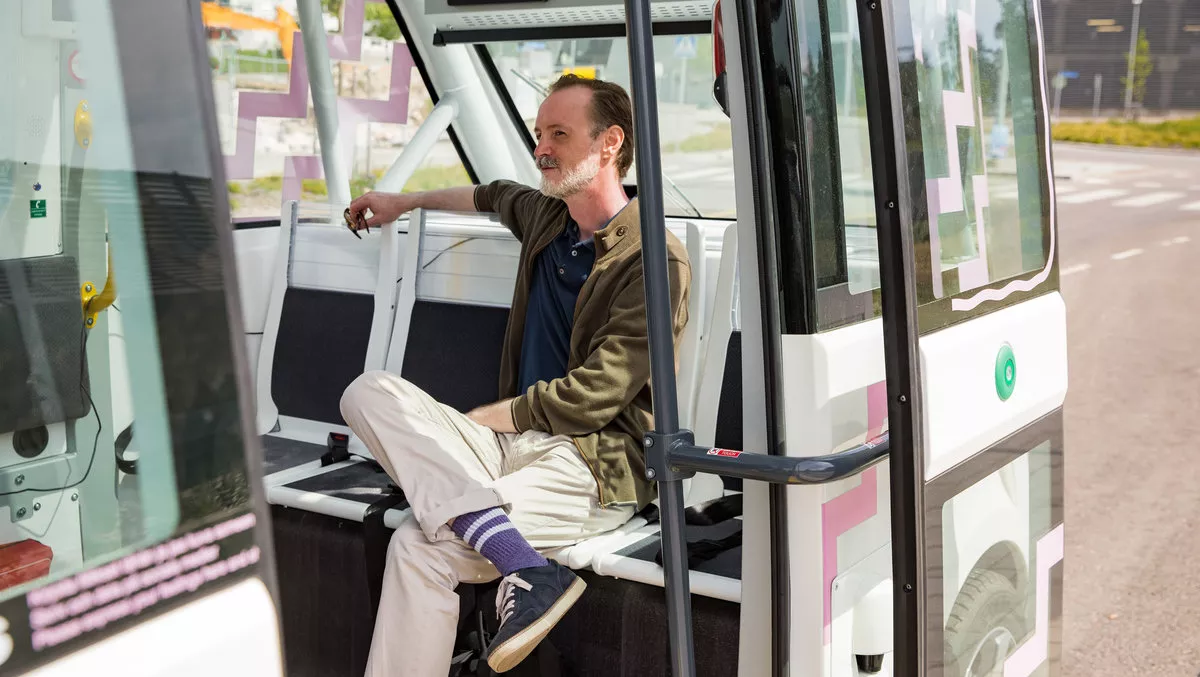
Five ways the UK plans to embrace a driverless future
The United Kingdom is fondly known amongst Kiwis and Australians as an OE destination, a place of ancestry for many of us, and a place soaked in plenty of history. It's also a place where self-driving vehicle research is starting to scale up big time.
The UK plans to have self-driving vehicles up and running on roads by 2030. In the 11 years leading up to that goal, there's a careful approach to the rollout.
Here are five ways the UK is making it happen.
1. The UK is putting plenty of money into research
A UK company called Zenzic focuses on revolutionising the self-driving movement across the UK and so far it has poured more than £200m (NZ $381 million) into testing and development.
This week the organisation released its UK Connected and Automated Roadmap (CAM) to 2030, which outlines exactly how it will reach the 2030 goal.
2. The UK has goals and a timeline
2021 will mark the first commercial trials of self-driving services in the UK.
Between 2024-2026, trials will continue and more consumer-facing services will start to appear, particularly in urban areas.
By 2027 there will be no need for new road signs catering for self-driving vehicles because vehicle connectivity will have improved.
And by 2030, self-driving vehicles will be publicly accessible.
3. The UK knows there are plenty of issues to tackle first
Zenzic says there are six main areas of concern: Legislation and regulation; safety; public acceptability; infrastructure; CAM services; and cyber resilience.
We're starting to get into the technicalities now, but suffice to say that autonomous vehicles need to obey laws (laws that may still need to be created), they must be able to be licensed, they must have modern infrastructure on roads, they must not be a danger to other vehicles and people, and most of all – people must want to use them.
4. The UK knows there's no point if autonomous vehicles don't benefit society
Zenzic says that through data sharing, self-driving vehicles will contribute to more efficient use of our roads, improve safety and offer more inclusive transport options to more people. This will benefit not only society but also the economy in 2030.
5. No matter how much money it spends, Zenzic can't do it alone
Zenzic's report lists more than 100 contributors - and that's just how many agreed to be named. There are more that chose not to include their names, so the number of alliances is likely to be much larger.
Zenzic says, "If all the activity in the roadmap was scheduled sequentially with no parallel efforts, it would take until 2079 for the UK to benefit from self-driving vehicles on the roads. The unique and deliberate cooperation between industry, academia and government in the UK is the key to achieving the benefits of CAM.
What can other countries learn? Zenzic's outline is a good indication of many issues that countries need to consider. New Zealand, for example, is barely scratching the surface – it doesn't have a long term plan like this, despite the fact that Spark and Ohmio created their own driverless vehicles in Auckland, and Christchurch has its own driverless shuttle. So come on New Zealand, pick up the pace on self-driving vehicles and look to a connected future.


